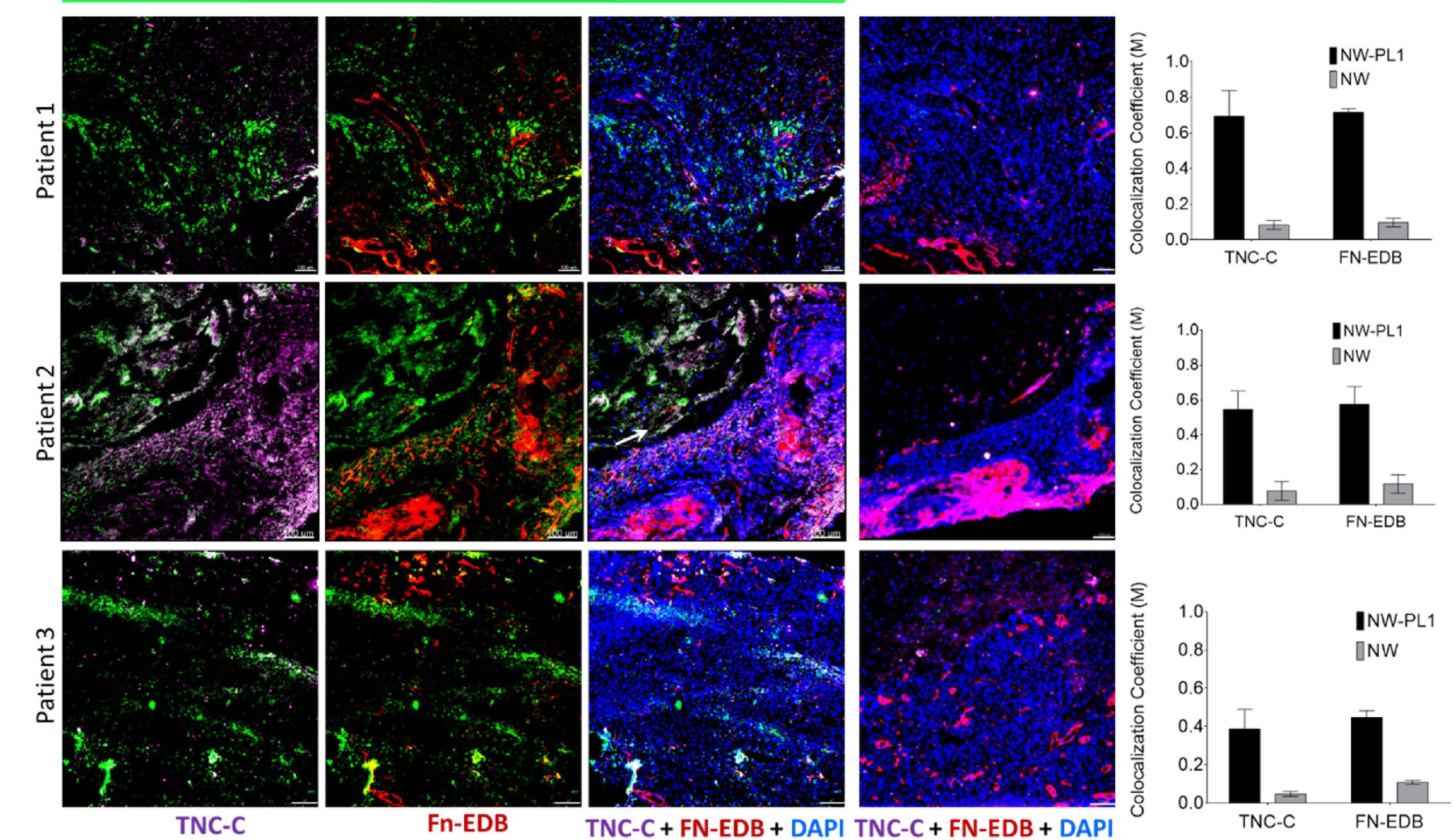Cat. #160465
Anti-FN-EDB
Cat. #: 160465
Sub-type: Primary antibody
Unit size: 100 ug
Availability: 10-12 weeks
Target: extra domain B of fibronectin, EDB-FN
Class: Polyclonal
Application: ELISA ; IHC
Reactivity: Human
Host: Rabbit
£300.00
This fee is applicable only for non-profit organisations. If you are a for-profit organisation or a researcher working on commercially-sponsored academic research, you will need to contact our licensing team for a commercial use license.
Contributor
Inventor: Tambet Teesalu
Institute: University of Tartu
Tool Details
*FOR RESEARCH USE ONLY (for other uses, please contact the licensing team)
- Name: Anti-FN-EDB
- Research fields: Cancer;Cell biology
- Tool sub type: Primary antibody
- Class: Polyclonal
- Conjugation: Unconjugated
- Reactivity: Human
- Host: Rabbit
- Application: ELISA ; IHC
- Description: Oncofetal fibronectin (FN-EDB) and tenascin-C C domain (TNC-C) are nearly absent in extracellular matrix of normal adult tissues but upregulated in malignant tissues. Both FN-EDB and TNC-C are developed as targets of antibody-based therapies.This series of antibodies has been validated in vitro against glioblastoma (GBM) and prostate carcinoma xenografts, and to non-malignant angiogenic neovessels induced by VEGF-overexpression. Please see our related anti-FN-EDB antibodies from University of Tartu.
Target Details
- Target: extra domain B of fibronectin, EDB-FN
- Target background: Oncofetal fibronectin (FN-EDB) and tenascin-C C domain (TNC-C) are nearly absent in extracellular matrix of normal adult tissues but upregulated in malignant tissues. Both FN-EDB and TNC-C are developed as targets of antibody-based therapies. This series of antibodies has been validated in vitro against glioblastoma (GBM) and prostate carcinoma xenografts, and to non-malignant angiogenic neovessels induced by VEGF-overexpression. Please see our related anti-FN-EDB antibodies from Universit...
Applications
- Application: ELISA ; IHC
Handling
- Format: Liquid
- Unit size: 100 ug
- Shipping conditions: Dry ice
References
- Lingasamy et al. 2019. Biomaterials. 219:119373. PMID: 31374479.




